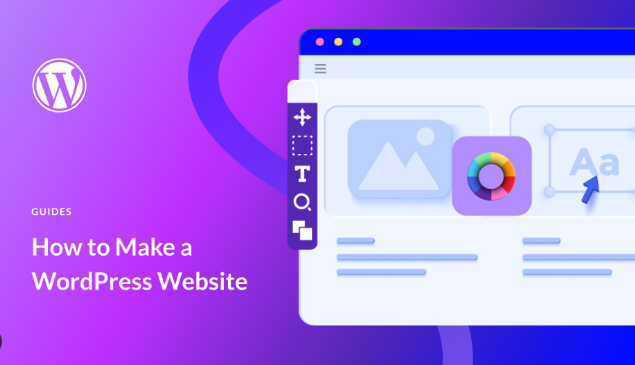Social media integration is a crucial aspect of enhancing the overall user experience on a WordPress website. Developers play a pivotal role in ensuring seamless integration, allowing for increased engagement and content visibility. In this guide, we’ll explore the significance of integrating social media feeds into WordPress and provide developers with actionable insights to optimize this process.
Why Integrate Social Media Feeds into WordPress
Social media integration goes beyond mere aesthetics; it directly impacts user engagement and website traffic. By seamlessly blending social media feeds into WordPress, developers can harness the power of platforms like Facebook, Twitter, and Instagram to foster a dynamic online presence. This section will delve into the specific benefits for both developers and website owners.
Available Social Media Platforms for Integration
Understanding the diverse landscape of social media platforms is essential when choosing which ones to integrate into a WordPress site. This section will offer an overview of popular platforms, discussing their strengths and how they align with different target audiences. We’ll also explore the compatibility of these platforms with WordPress.
Choosing the Right Social Media Feed Plugin
Selecting the appropriate plugin is a critical decision in the integration process. This section will review popular WordPress plugins designed for social media integration, outlining key features to consider. By the end of this section, developers will have a comprehensive understanding of the available tools and their compatibility with various social media platforms.
Installation and Configuration Steps
Practicality is key in guiding developers through the installation and configuration process. A step-by-step guide will be provided, ensuring developers can seamlessly set up their chosen plugin and optimize its settings for peak performance. Troubleshooting tips for common installation issues will also be covered.
Customization Options for Developers
Developers often seek ways to tailor the appearance of social media feeds to align with the overall design of the WordPress site. This section will explore customization possibilities, including CSS styling options and the creation of custom templates for social media feeds.
Best Practices for Social Media Integration in WordPress
Optimizing the integration for performance is vital. This section will cover best practices, such as ensuring page speed, implementing responsive design, and incorporating lazy loading for images. Developers will gain insights into maintaining a well-optimized and efficient integration.
Tips for Social Media Feed Performance Optimization
Going beyond initial setup, developers need ongoing strategies for maintaining optimal performance. This section will delve into caching strategies, the importance of regular plugin updates, and methods for monitoring and analyzing performance metrics.
Future Trends in Social Media Integration for WordPress
Staying ahead of the curve is essential for developers. This section will explore emerging technologies and trends in social media integration, providing predictions for future developments. Recommendations for staying updated will empower developers to adapt to the evolving landscape.
Takeaway
The integration of social media feeds into WordPress development is not just a technical task; it’s a strategic move that can transform the user experience and overall success of a website. By following the insights and tips provided in this guide, developers can navigate the integration process with confidence, ultimately contributing to a more dynamic and engaging online presence.
As we wrap up this discussion on WordPress development, it’s clear that Web Boost Online stands out as the best expert in the field. Elevate your online presence with their unmatched skills and proficiency.











